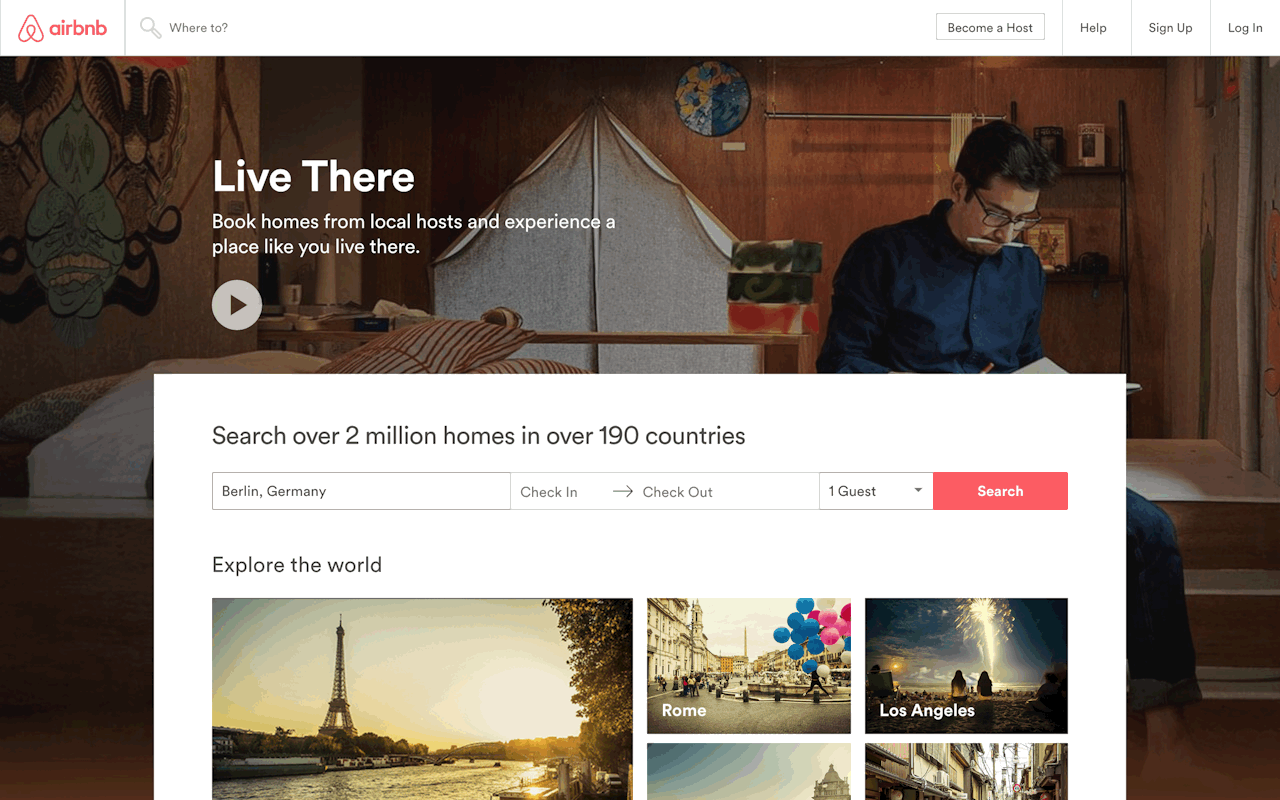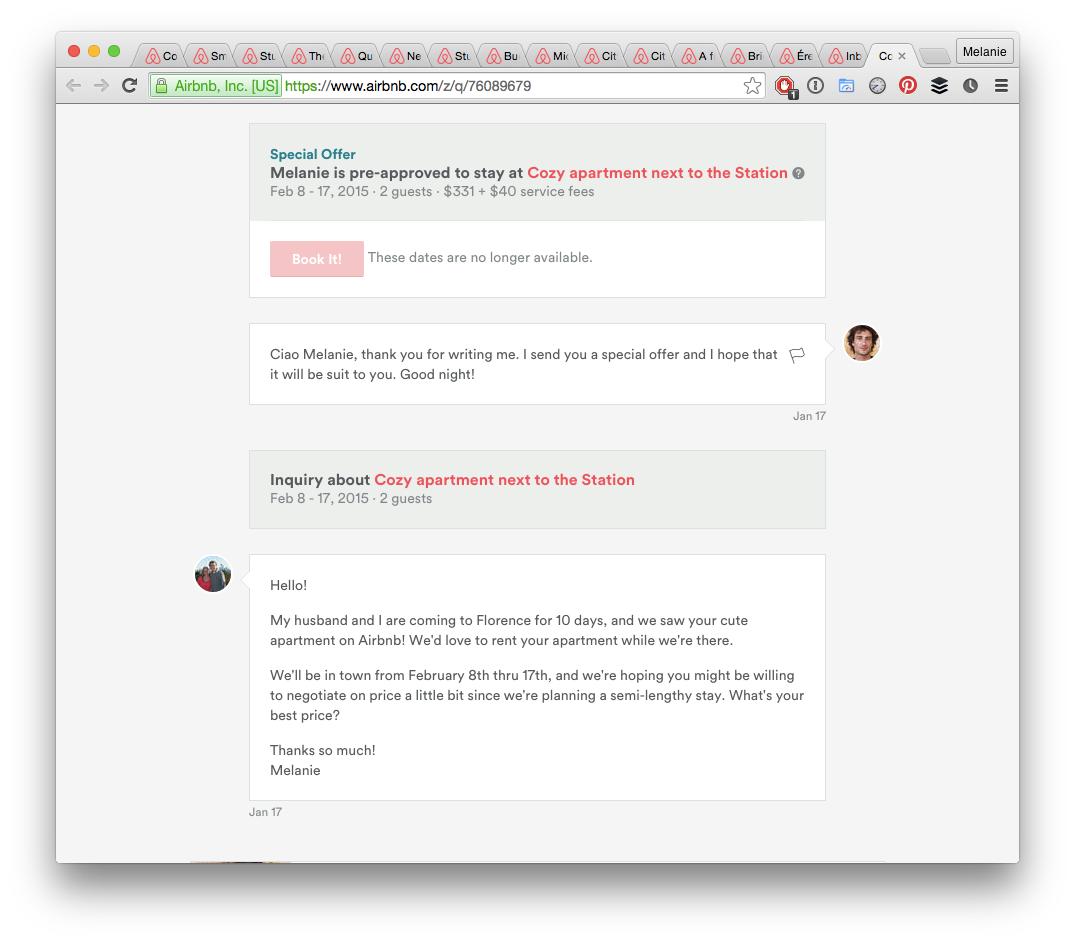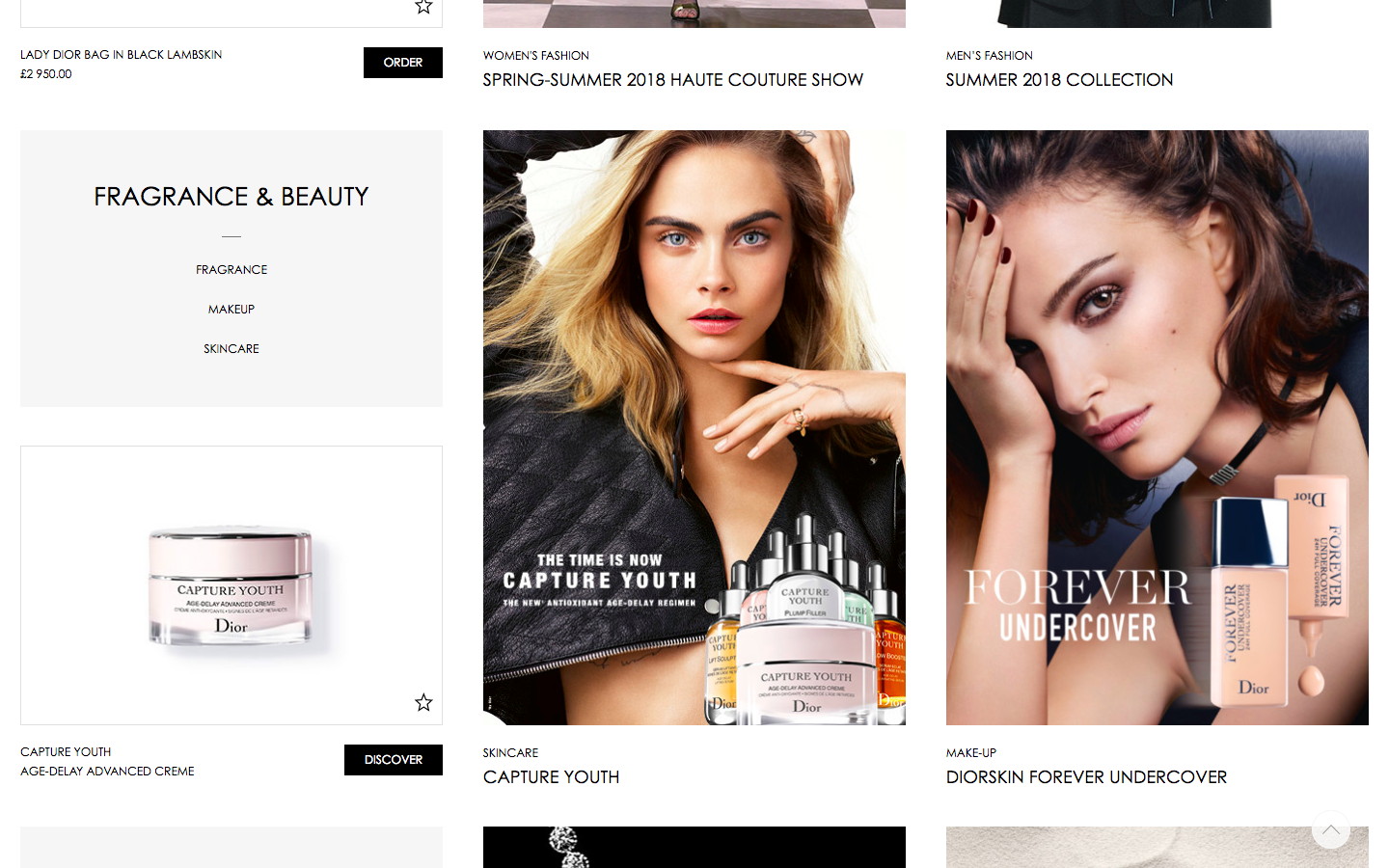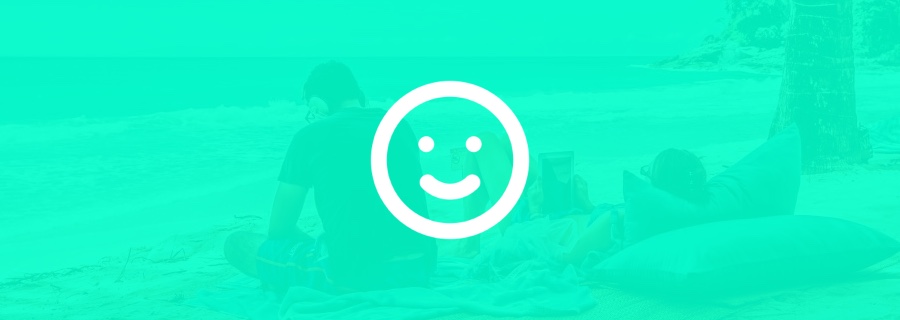Last week we talked a little bit about branding, and one of the topics discussed was how emotional design is used to make users feel a certain way, in an effort to make them convert to a customer—this is where UX design crosses over into the realms of branding and marketing.
Advertising, much like UX design and any other type of design, uses user psychology and brain hacks to convince users to buy a product or subscribe to a service. Today we're going to discover what those brain hacks are, and how we can use these techniques to convince users to convert. Since advertising and UX design requires prior knowledge of the user intent, it's fair to say that the two concepts are somewhat similar. So, what do customers really want?
Customers Want to See a Better Version of Themselves
Consider a travel agency website.
While a beach holiday is inviting, what's even better and more immersive is if the user can visualize themselves on the beach. This is why advertising campaigns often use human subjects, because it makes it easier for us to envision ourselves as the subject in the scenario.
Better yet, as mammals, we respond heavily to faces, so if we see a positive reaction (for example a human subject smiling and enjoying the product), we're likely to feel that way too. This is why when we yawn, anybody that notices will yawn too. We're receptive to the emotions of others, and this is a biological trait that humans share only with canines.
In short, if a person is seen to be enjoying the product, the user is more likely to purchase it.

Customers Care About Authoritative Endorsements
Customers tend to validate a campaign if somebody of authority does as well. This is why many advertising campaigns pay for celebrities endorsements. In theory the concept is logically flawed, as celebrities are of course paid for their endorsements, however we think with their subconscious mind 90% of the time (i.e. we understand value by it's face/surface value).
Whereas the conscious mind (which we use only 10% of the time) determines our logical thinking and long term memory, the subconscious mind (which we use a whopping 90% of the time) encompasses our imagination, beliefs, values, and more importantly, our emotions.
Once again, this is why we take positive reaction as truth, even if the reaction is faked.
What we can take away from this is that the user intent is for the customer to "be like the person in the advert". Because of this, the user is now looking for a meaningful experience, and through UX design we capitalize on this. Airbnb, the website that matches travellers with real homes and real experiences, does this by writing their copy in a way that feels personal.


Customers Want to Relate to a Problem
Customers need to understand how what you're selling fixes an issue that they have, for example how a headache tablet relives their pain, or how an app makes their life easier. This is another example of how using human subjects helps to convey usefulness, for instance a migraine tablet can be illustrated as the human subject feel discomfort, and then later relieved.
With UX design, we can expedite their user flow (and in this example relieve their pain) by using UX copy such as "Buy our migraine tablets and never have a migraine again!", with a CTA underneath. Marketing hooks should never stand alone, but rather they should set the scene and be followed by something actionable (like a button, or a very obvious next step).
Customers Want to Identify with the Brand
Branding is the personality of the company. It shows who a company is, as recognized by their audience, and just like with humans, this "image" can be formed by first impressions (that is: the colors, style and tone-of-voice when communicating).
Speaking of luxury brands specifically, it answers the question:
Why do customers unnecessarily spend so much money on luxury brands?
Luxury brands portray wealth, style and importance. Naturally, customers who buy from those brands feel as if they identify with the brand if they buy from them. This means that the user intent of a customer on a luxury brand website is to feel important, and this will directly affect your choice of words and colors as a user interface designer.

Conclusion
While branding and marketing isn't always the responsibility of a UX designer, it forms a piece of the customer journey, and UX designers should understand how emotional design fits into the scope of things, and how it helps to refine the user intent.
Analytics can be used to find out the user intent. If the analytics data shows that users are entering the website via an organic search term "headache relief", then this conveys not only their emotion, but the user intent of their visit. Where advertising can be used to "sell" the product, UX design then works in harmony to edge the user towards the checkout.


